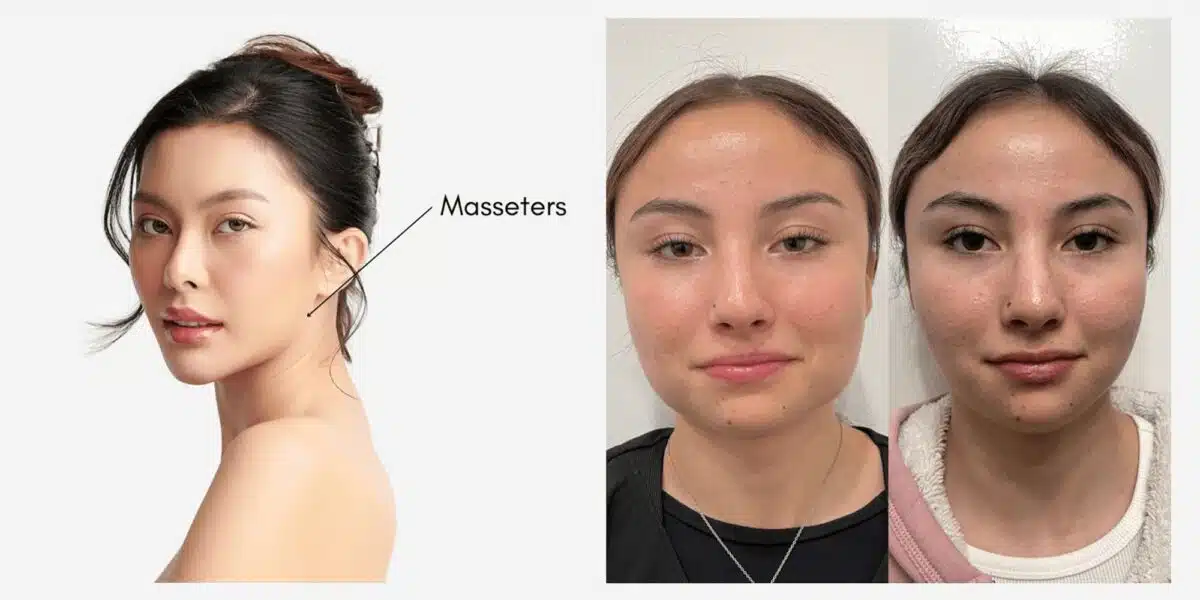When it comes to aesthetic interventions, the injection of Botox® is the most common cosmetic procedure performed today. Whether it is the overwhelming results or the overall safety of the product, Botox® continues to surprise the medical and cosmetic industry on its wide range of uses. But many are unaware that the cosmetic uses of Botox® would not be possible without the medical application of it. From functional patients, Doctors made the transition to actually begin treating for cosmetic indications.
Botox® has been approved to treat the following:
- Botox® for eyelid spasms
- Botox® for cross eyes
- Botox® for drooling
- Botox® for Hyperhidrosis
- Botox® for chronic migraines
- Botox® for Bell’s Palsy
- Botox® for TMJ Disorder
- Botox® bladder spasms
- Botox® for cervical dystonia
- Botox® for enlarged prostate
- Botox® for teeth grinding
- Botox® for rosacea
Dr. Putterman, who participated in early clinical trials with Botox®, said there is no data to suggest that patients should limit the number of injections they undergo. He said he still treats some of the same patients who started Botox® injections 20 years ago, and they have experienced no adverse reactions.
See the before and after Botox® results for treating Masseters or TMJ:
Patients can expect headaches and clenching to go away within a week of treatment. Masseter Botox® is usually administered to patients who are experiencing headaches and grinding. Many patients will go through different mouth guards and take prescription medication for migraines before seeking help from Botox®. Patients suffering from Bruxism have difficulty treating it, as there are no recognized trusted treatments to cure bruxism, causing even more emotional stress on the patient. When injected directly into the jaw’s chewing muscles, or masseters, Botox® has been found to dramatically reduce nighttime teeth clenching and grinding in patients with bruxism. After relaxing the jaw’s chewing muscles, patients are far less likely to unconsciously chew and grind in their sleep.
So how did this renowned treatment for medical uses transition into a drug that is primarily used for cosmetic purposes?
While testing the treatment on monkeys for crossed eyes, researchers noticed that botulinum toxin reduced wrinkles in the glabella. The glabella is the skin between the eyebrows and above the nose. Dr. Lipham said that the most common fallacy among cosmetic patients is that Botox® can “fill” lines. Botox® actually works by inactivating muscles that are responsible for overactive facial expression. It does not target wrinkles, but the muscles that cause them, in order to stop the wrinkles from developing at the source. Most Doctor’s report that they have seen a steady rise in Botox’s popularity and that their colleagues continue to find off-label uses for the product.
If you are looking to learn more about the medical uses of Botox®, please see our other article here.
If you have more questions about Botox® as a cosmetic treatment, you can read more about it here.
Sources:
- Allen M. Putterman, MD, SC, can be reached at 111 N. Wabash, Suite 1722, Chicago, IL 60602; (312) 372-2256; fax: (312) 372-1762
- William J. Lipham, MD, FACS, can be reached at Minnesota Eye Consultants, 9117 S. Lyndale Ave., Bloomington, MN 55420; (612) 813-3600; fax: (612) 920-0441
- Herskovits, B. (2003, November 15). From the beginning: The history and applications of Botox. Retrieved from https://www.healio.com/news/ophthalmology/20120331/from-the-beginning-the-history-and-applications-of-botox


